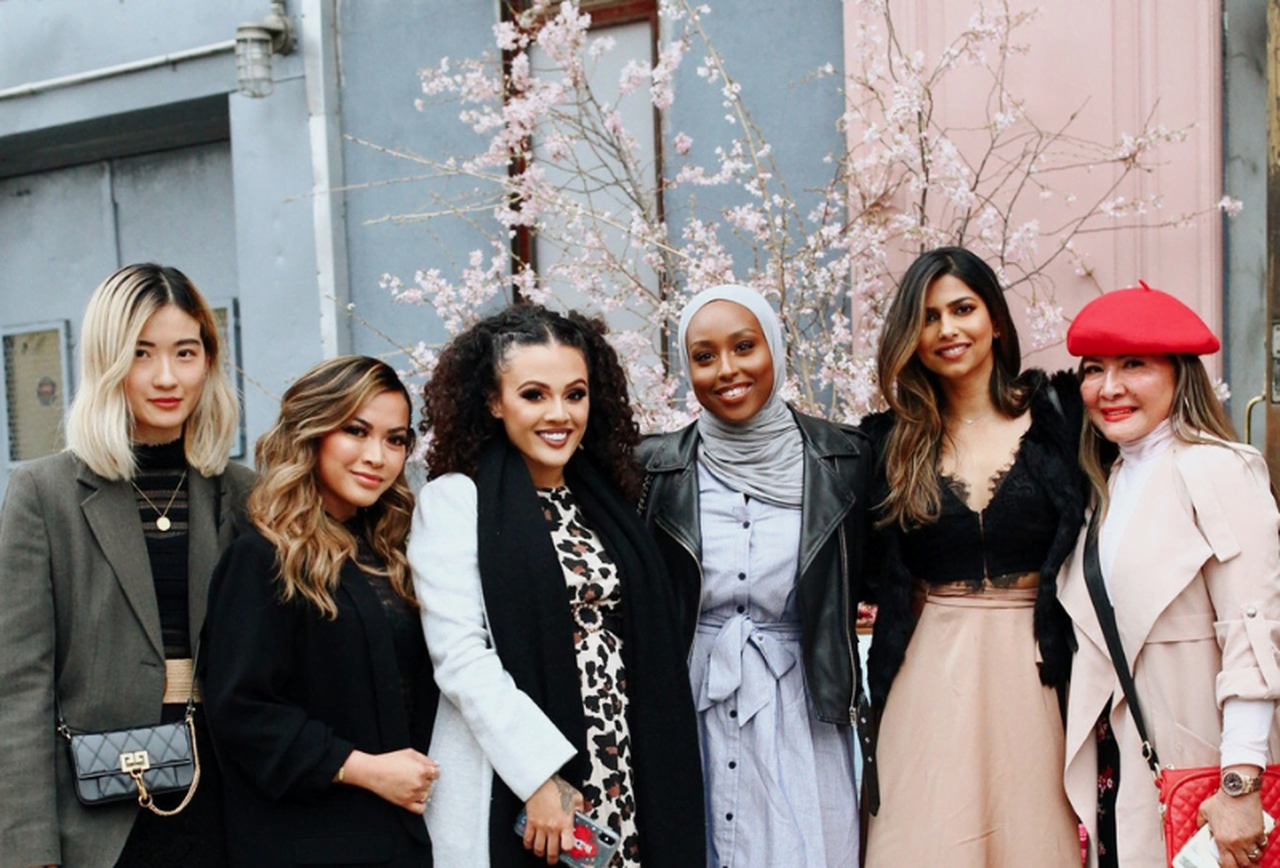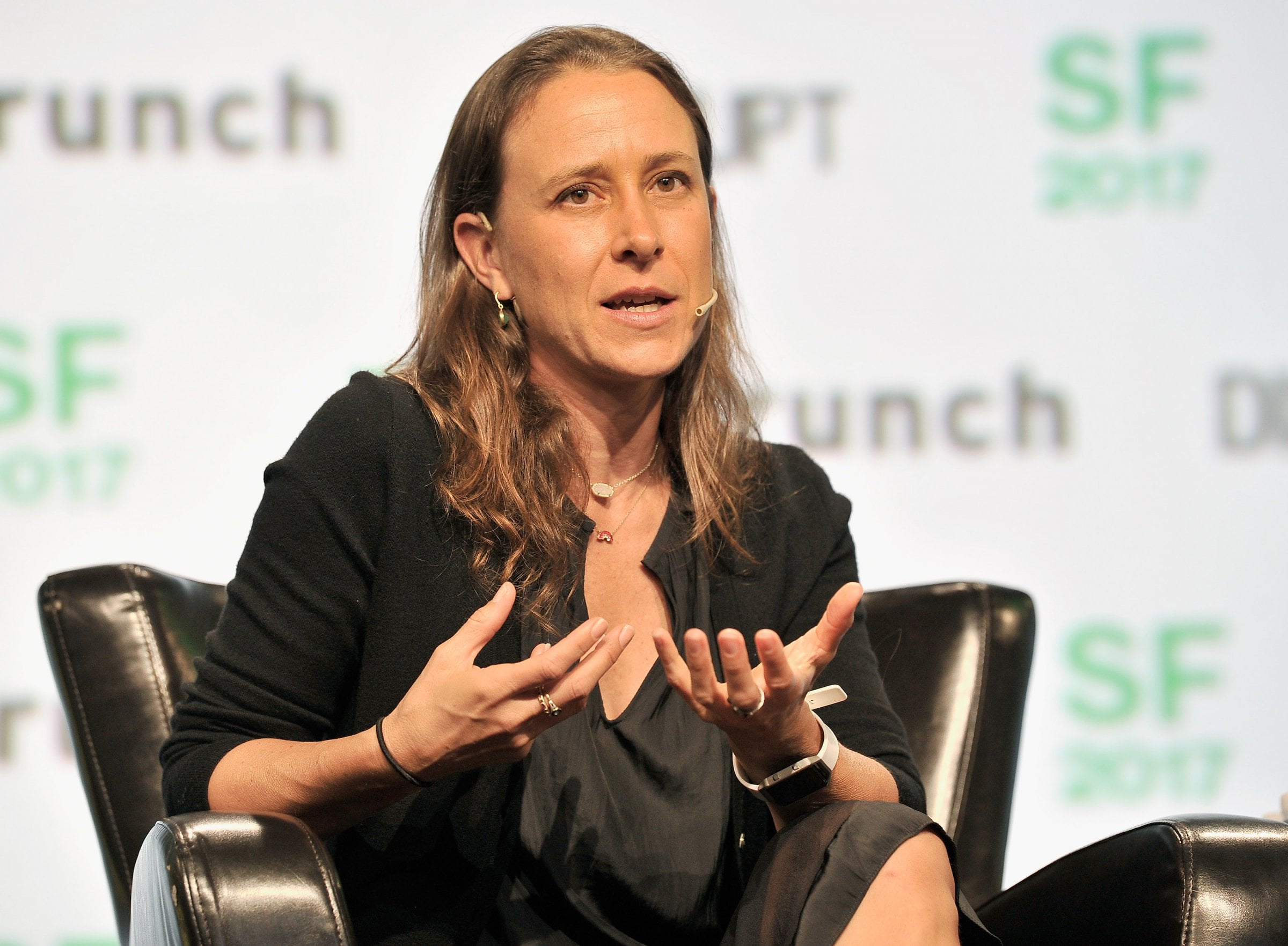
Millennials are borrowing more, primarily to finance their lifestyles, but women are leading the charge. “We have witnessed more and more women, especially millennials, opting for loans. We have seen an increase of 15-18% in women taking loans in the past two years. We believe this healthy increase is mainly because they are becoming independent when it comes to making financial decisions,” said Ketan Patel, CEO, CASHe, an online lending company. A study by TransUnion CIBIL revealed that there was a 48% growth in credit applications among women borrowers between 2015 and 2018.
Surveys also show that when women borrow, they take bigger loans than their male counterparts. A survey by ZestMoney, an EMI financing company, has revealed that the average loan amount for women borrowers is 35% higher than that of men.
But what is causing women to take more and bigger loans?
Millennial factor
Part of the reason for the spike in borrowing may have to do with the new generation of borrowers and their needs. This is especially evident in the digital lending space.
“Millennials, irrespective of gender, have a wish list that they want to tick off, without waiting for 5-10 years. Millennial women take ownership of major expenses of their lives, so they avail of wedding loans, as well as overdraft and credit card takeover loans, apart from regular loans,” said Satyam Kumar, CEO and co-founder, LoanTap, a digital lending platform.

Patel said their purchasing power has increased as they opt for better job profiles with higher pay packages. “This has given them the confidence to opt for various types of loan products to improve their lifestyles and manage emergency situations,” said Patel.
Taking charge
Some experts said that more women are becoming financially independent and contributing to household finances. According to a survey on women borrowers, #WorkingStree, conducted by IndiaLends, an online lending platform, a little over 76% of women make their own investment decisions, and an impressive 88% contribute to household income.
However, the ratio of borrowers is skewed in favour of salaried women. “About 46% of salaried women found it easier to obtain a personal loan compared to 32% of self-employed, but the demand for business loans was higher among the latter,” said Gaurav Chopra, founder and CEO, IndiaLends.
There has been a clear rise in financial awareness among Indian women, though. “We have already seen about 38% of women borrowers monitor their Cibil score regularly which implies that credit discipline is becoming a priority for them. Good credit behaviour is also rewarded by lenders who are playing a vital role in bringing more women into the credit landscape by offering preferential interest rates to them,” said Sujata Ahlawat, vice-president and head, direct to consumer interactive, TransUnion CIBIL.
Borrowing big
Even though Indian women are relatively new entrants into the formal lending space, multiple surveys show that they are taking on loans with bigger ticket sizes. According to data from 1.6 million loan applications in 2018 on BankBazaar, the average ticket size of a home loan when a woman borrows is significantly higher ( ₹27 lakh) than when a man borrows (just under ₹23 lakh).
BankBazaar’s data reveals that the fastest growth rate for women in credit cards is in the fuel segment. This 89% growth in fuel card applications for women beats lifestyle cards, which grew at 10.49% and travel cards which grew by 73%. According to the TransUnion CIBIL study, loans against gold, business loans and consumer loans are the leading categories for women. The ZestMoney report stated that, on an average, over 20% of loans taken by women were for education, whereas it was only 6% for men.
Role of incentives
Some states offer lower stamp duty if the property buyer is a woman, which encourages families to borrow in the name of women. “Moreover, if the primary applicant is a woman, then you are able to avail better interest rates,” said Adhil Shetty, CEO, Bankbazaar.
Another reason why more women are borrowing could be that they are from higher income households. “My hypothesis is that when the woman is the primary applicant, it is usually a two-income household. So the average income and, therefore, the average ticket size is higher. When the man is the primary applicant, a larger proportion of the households are single-income households,” said Shetty.
Whatever the reason, Indian women are stepping into the formal lending space and taking control of their finances. Lenders are also taking note of this trend and are willing to embrace this emerging brand of borrowers.
[“source=livemint”]




